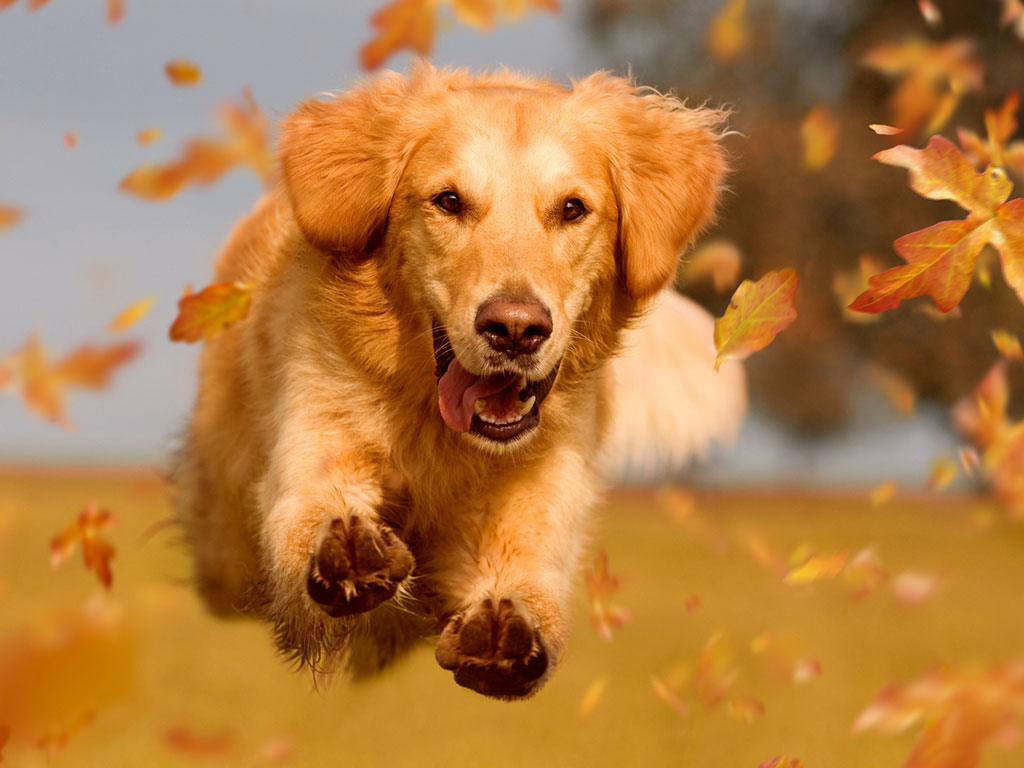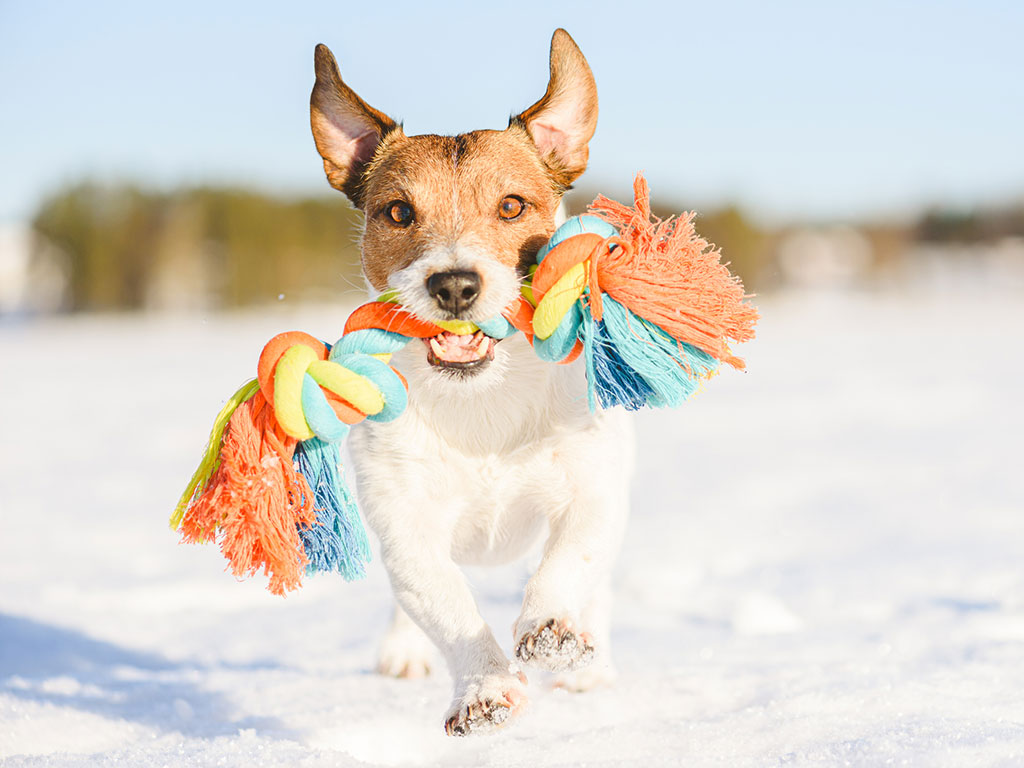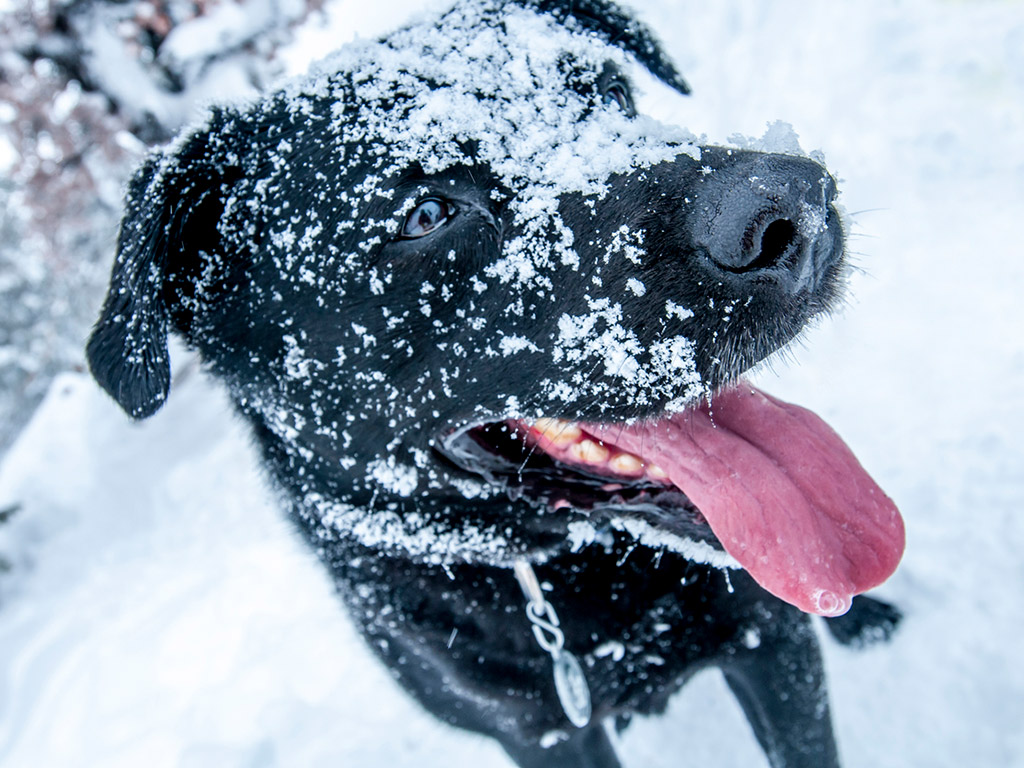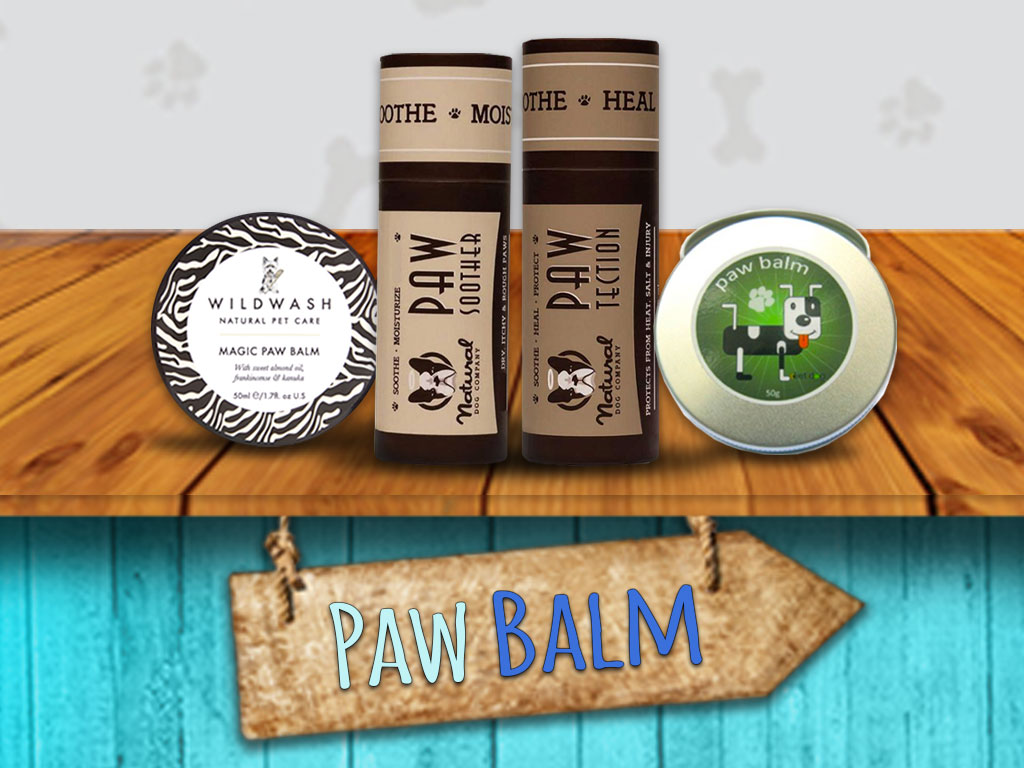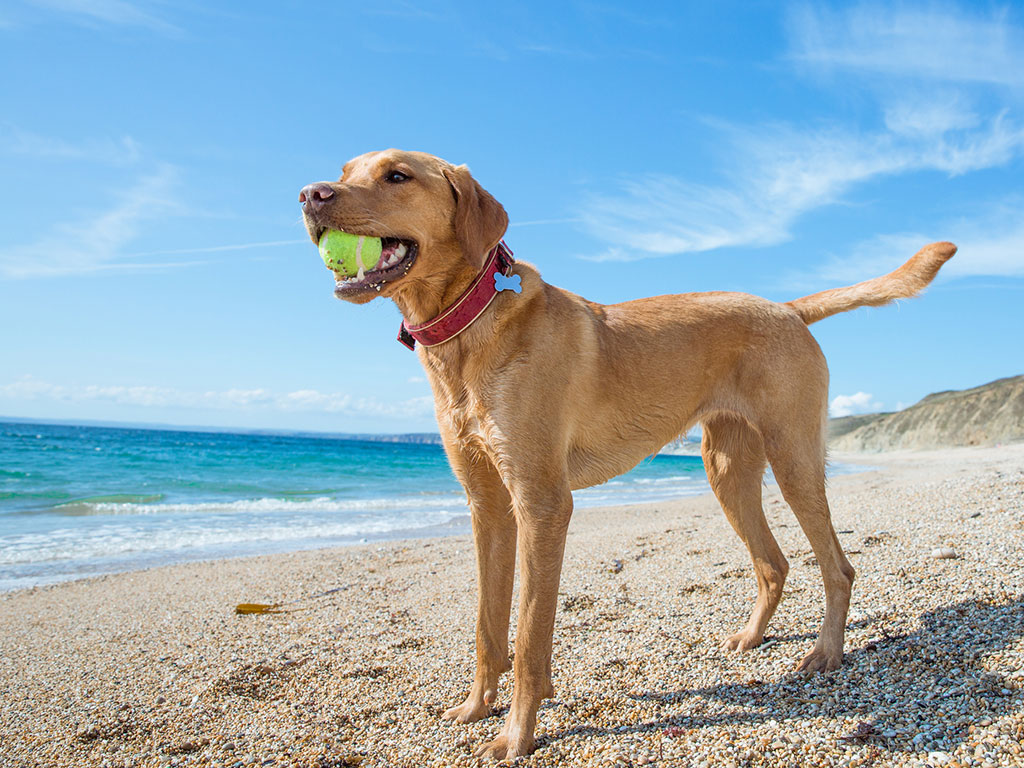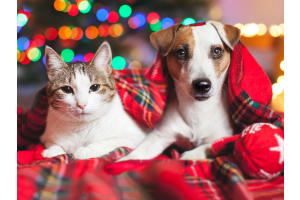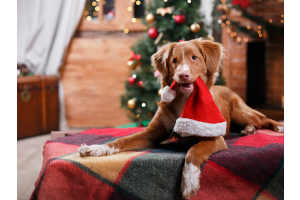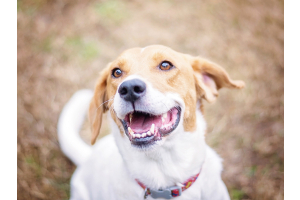Paw Care
- - October 06, 2025
As those chilly nights draw in, we know autumn is here. Autumn is a wonderful season to get outside and spend time with your dog. But there are a few potential risks dog owners should bear in mind. The health and happiness of our pups should always be a priority, so consider these safety precautions when caring for your dog this autumn.
Take care of your dog’s paws
When piles of leaves litter the streets, potentially harmful debris can lurk underneath. Broken glass and sharp objects hidden under the leaves could cut your dog’s paw pads, so it’s always a good idea to check your dog’s paws regularly.
Later in the season, salt used to de-ice the roads can irritate your dog’s paws. If you’ve been walking over road salt, be sure to wash your dog down afterwards.
Wetter autumn weather often means damp paws, which are the perfect breeding ground for yeast and bacteria. If you notice your dog’s paws have a yeasty smell or they seem red and irritated, be sure to see a vet.
View our range of paw
- - November 05, 2024
As the weather starts to get colder, it’s important that we remain aware of the potential hazards winter can bring. In this blog, we’re going to take a detailed look at pet paw care during the colder months, as many don’t realise just how harsh the winter environment can be on our pet’s sensitive paws.
Why is Winter So Harsh on Our Pet’s Paws?
So, what is it about winter that puts our pet’s precious paw pads at risk?
First of all, snow and debris can easily get caught in your pet’s paws, especially if they are a long-haired breed. This can cause balls of snow and ice to form in and around your pet’s paw pads, which can be incredibly painful. It can even result in trauma to the affected area.
Ice also brings plenty of hazards. Not only is there the risk of slips and falls, but the ice can also cause cracking of the paw pads. In extreme cases, even frostbite could be a possibility.
However, one of the biggest risks that winter presents isn’t from the ice or snow. Instead, it comes from
- - November 04, 2024
The inclement winter weather coupled with central heating can be very damaging and drying to your dog and cat’s coat which can look dull and lifeless. See how your dog can survive the wintry weather!
Here we have some tips for winter dog grooming practices to ensure your pets are kept warm, dry and comfortable which is crucial for overall general good health.
Staying Warm and Dry:
Older dogs, puppies and short haired dogs may benefit from wearing a coat when out walking on cold days and any dog that becomes wet from rain or snow should be dried thoroughly on their return home. Dog’s skin can become dry and itchy if fur hasn’t been dried properly in combination with the dry heat from our homes. Look for a drying coat to make the job easier!
Bathing:
Try not to bath your dog unnecessarily during the winter months. If you can, wait until the mud has dried and brush it out. When you do bathe your dog, use a gentle, moisturising shampoo and rinse in warm water ensuring your dog has been
- - November 01, 2024
Have You Considered Using a Paw Balm for its Soothing and Protective Effects?
Paw Balm, if used regularly, will keep your pet’s pads in the best possible condition. It will also leave them less susceptible to damage from hard as well as cold and hot surfaces.
Healthy dogs have spongy and hydrated paws. In the summer the hot pavement can be incredibly hard on dogs’ paw pads and in the winter paws come into contact with elements such as ice, grit and salt, which can result in rough, irritated and cracked pads, causing possible discomfort.
At Healthful Pets we sell a range of Paw Balms to ensure your dog’s paws are kept in the best possible condition and less susceptible to damage. The paw balms that we sell are all made with natural ingredients and are perfectly safe for those dog’s who may lick their paws.
The Natural Dog Company have released a series of Paw Balms, that will leave your dogs pads strong and stable. PawTection by The Natural Dog Company is a vegan, organic, all-natural
- - April 28, 2024
Dogs sunburn just like you and I. Certain dogs are at a greater predisposition to sunburn, including white dogs, light-colored dogs, short-haired and hairless dogs. Regardless of colour, coat or breed, all dogs sunburn.
Dog sunburn is especially common in areas with little to no fur, such as their nose, belly, around the mouth, eyelids and ears. Dogs can also sunburn through their fur; especially white or light-colored dogs with fair skin.
A dog sunburn is nothing to ignore, as reoccurring or untreated burns, may lead to an increased risk for skin cancer. They can also be painful and irritating, just like sunburns for humans.
Dog Sunburn Symptoms
Dogs show signs of sunburn similar to humans. You will likely notice your dog is sunburned on his/her ears, nose or belly before anywhere else. Some signs your dog got too much sun include:
-
Red skin that may also be sensitive to the touch
-
Dry, cracked skin
-
Curling at the edges of the ears
-
Your dog may be scratching and possibly whimpering (as
-
